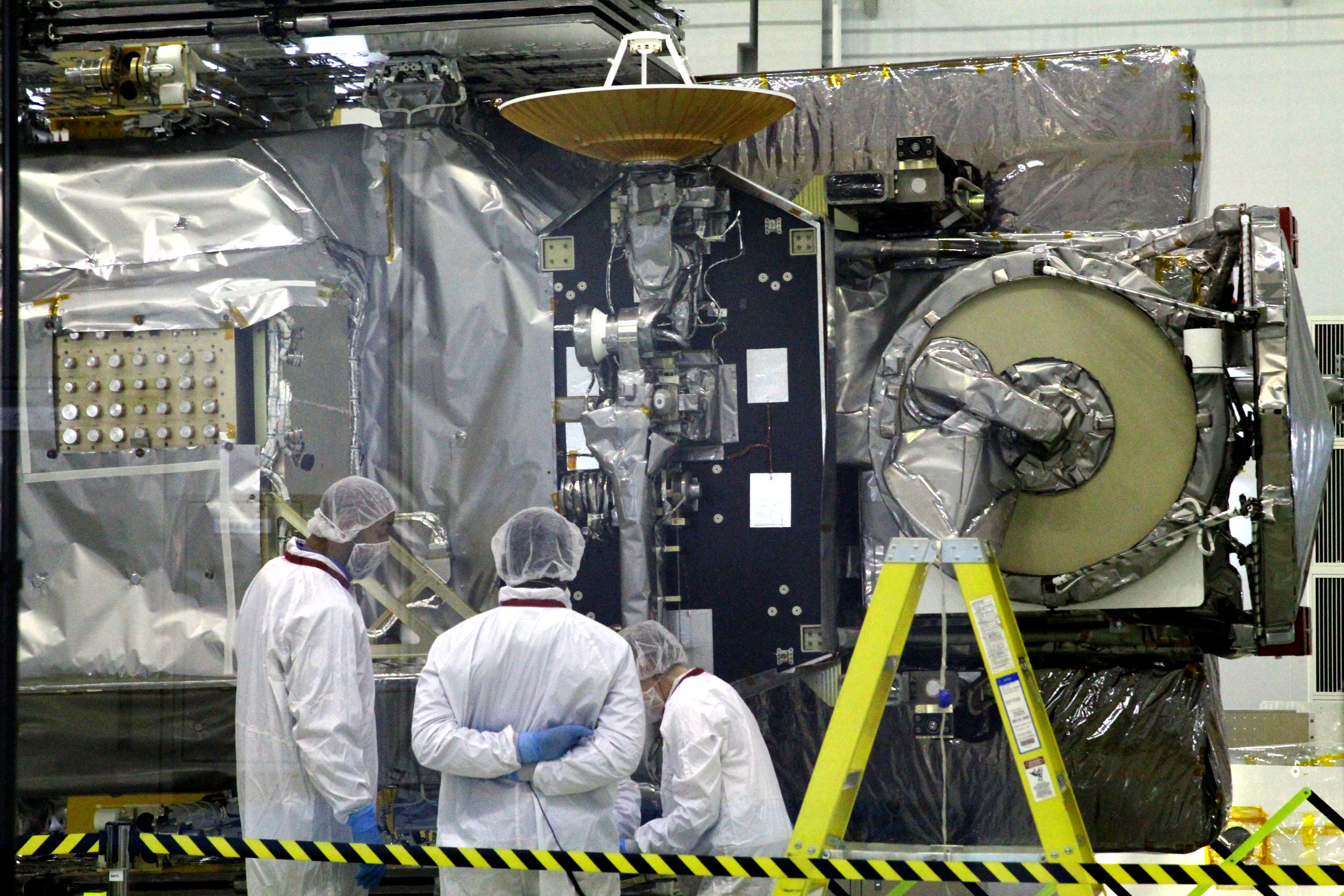Pack it up, put it on a plane and fly it to Japan. It sounds simple enough, but a new video from NASA shows when your package is a satellite, it's anything but. NASA's new video, "GPM's Journey to Japan," highlights the unique shipment of the Global Precipitation Measurement mission's Core Observatory by air, land and sea. Built at NASA's Goddard Space Flight Center in Greenbelt, Md., the GPM spacecraft travelled roughly 7,300 miles (11,750 kilometers) to its launch site at Tanegashima Space Center on Tanegashima Island, Japan, where it is scheduled for liftoff on Feb. 27, 2014, at 1:07 p.m...



